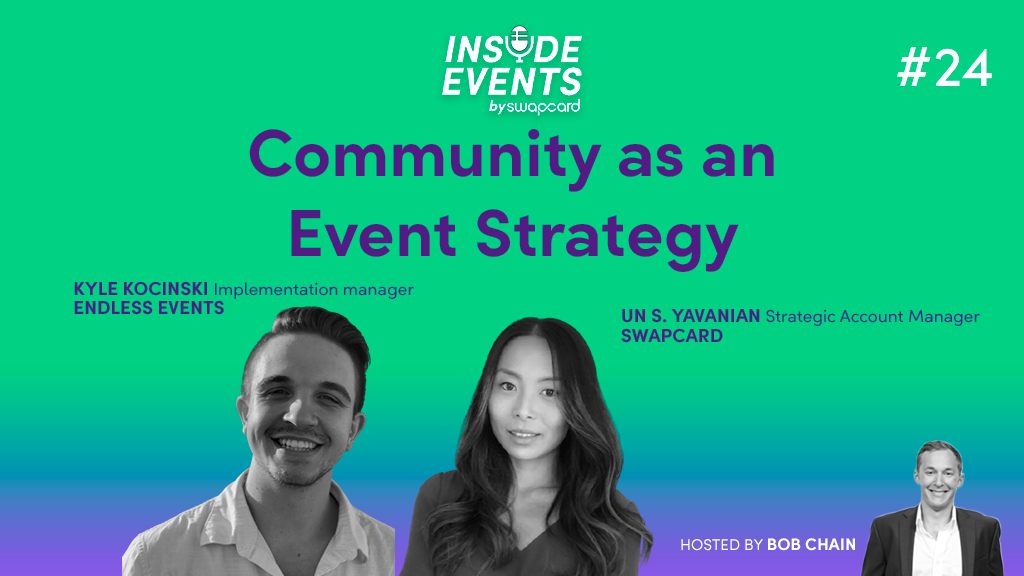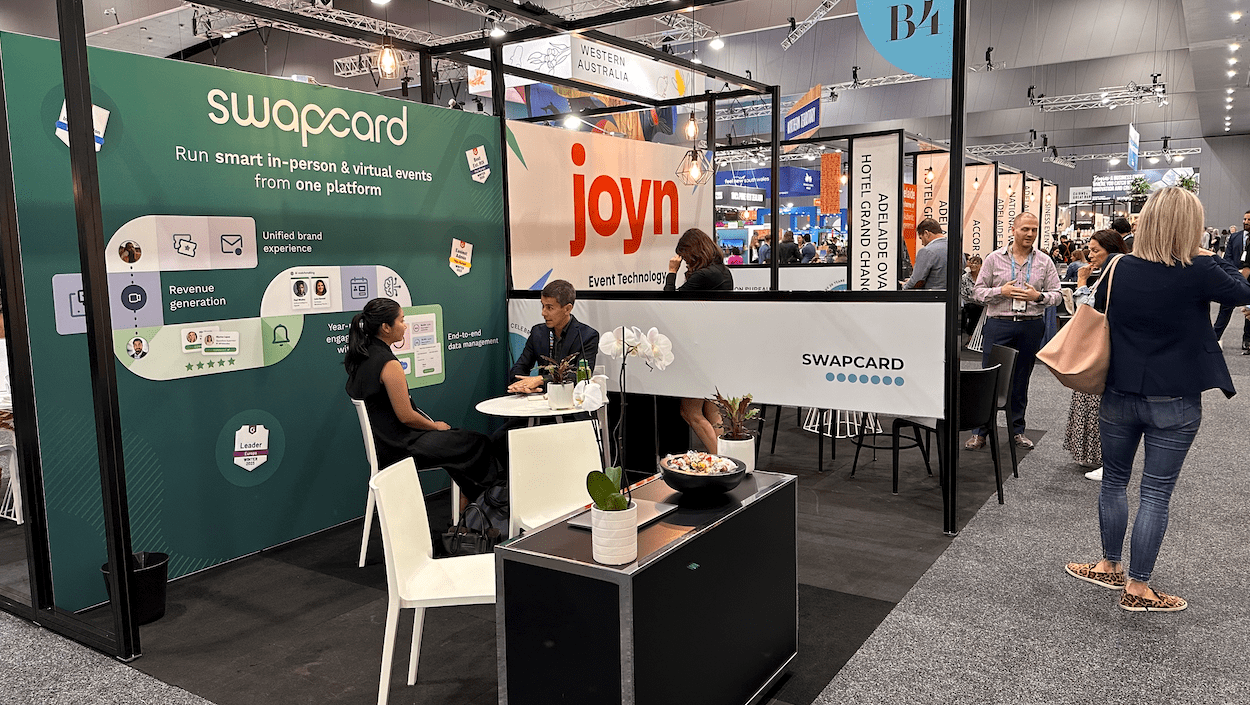Unless you’ve been living under a rock lately, you may have noticed an increasing level of scrutiny on event diversity.
Have you seen the ‘Congratulations, you have an all-male panel!’ Tumblr?
If you haven’t, give it a minute or two. Perhaps it’ll make you smile. Most likely, you’ll scratch your head in disbelief and go, “what the ***k?”
Albeit a vast majority (77%) of event planners are women, all too often it is men who occupy the strategic, c-level, decision making positions in the industry.
To add crime to injury, there is an endless stream of photos that reveal certain events to be lacking in racial diversity. While this is first and foremost an ethical and societal issue, there is also the business angle to this problem.
A multicultural team, even a small one, is not only more flexible, creative and resilient. It also connects better with clients, which means it is better positioned to generate value. Diversity, simply put, is good for the bottom line. Employees at Swapcard, for example, hail from 10 countries (and there’s only 40 of us at the moment!).
The same principles apply to events, big and small. A diversity of perspectives means a wider variety of ideas and discussions. Ultimately, this means a better meeting, convention or trade show.
Let’s be honest about it. The homogeneity of your event - your team and the attendees, speakers, and exhibitors - isn’t something that you can leave unchecked. Diversity isn’t a buzzword; it’s a serious element of a well-rounded event.
That is especially true if you work in fields that are known to have a diversity problem. There are longstanding issues for women in STEM for example (even more of a reason for us to be proud to have partnered with Hello Tomorrow, a deep-tech challenge and science summit where a large part of the leadership team consists of women). Or, take for example, WITness Success, a women-in-tech Salesforce experts' gathering in Denver, Colorado, US.
So how can you make sure your event diversity is as good as possible?
Here are five best practices to get you started.
1. Stay Practical
Food, timing, and infrastructure are all things that can slip by under your nose and end up undoing a lot of good effort when it comes to event diversity. Try to ensure that the catering at your event has options for different diets, which needn’t be difficult if you add a field in your registration form for people to cite special requirements.
Similarly, make sure you haven’t booked your event on a major religious holiday that you weren’t aware of. A quick google search is all it takes.
Try to use disability -friendly event spaces and factor this into how you speak to and do business with venues. It may often be the case that a convention center can be made more accessible on request if you make it an essential criterion of whether you will use the venue.
A growing number of events now include a gender-neutral Mx. honorific in their registration forms. This and name-tags including preferred pronouns have been standard practice at LGBTQ events for years. So far these have not reached the mainstream. Depending on your target market, this could turn out to be a well-received gesture.
2. Don’t tokenize
Imagine an event that promotes one talk on ‘Diversity in X Industry,’ boasting a diverse panel of speakers, while the rest of the group discussions are led by white men with (some) white hair. Does that ring a bell? In some cases, even well-meaning initiatives can backfire.
Make sure that you have maintained an ethos of diversity across the entirety of your event. Do not just play for a good public image as your bluff might be called sooner rather than later.
Event organizers are in a profession that is often built on risk aversion, so they tend to choose the same speakers over and over. An all-male panel can seem like a safe bet, but if you do this consistently, you won’t represent your whole audience. You might also run a hidden risk of alienating a portion of your attendees.
3. Event scholarship
Class and income are critical areas of diversity that are often overlooked.
Are the tickets for your event expensive? Is there no public transport to get to the venue? Are all the food and drink options extortionate? If that is the case, you’ve already ignored and left out a significant chunk of the population.
Consider creating an event scholarship program with reduced or free tickets. Do that, and you ensure that more groups benefit from your conference or trade show.
4. Broaden your marketing
Many event organizers and advertisers worry about coming off as exploitative or pandering if they contact different organizations to tell them about their event, or create other more targeted marketing. That is a misunderstanding of the issue at hand.
If your event has something or someone unique on offer, by all means, go ahead and tell people about it. Creating ‘neutral’ advertising often means that you are only marketing to dominant cultural groups.
5. Entertainment needs to be diverse as well
You can have all the diverse speakers, marketing, and research you want, but don’t lose sight of your attendees’ experience.
Be honest with yourself. When you, as an organizer, develop the entertainment element of the event, do you focus on what you find enjoyable? Try to view your event from the outside, or better yet ask someone.
Are you being exclusive? Do you take into account various tastes and styles?
Oculus Rift, one of the forerunners of virtual reality tech, encountered a serious problem when it was revealed the VR gear is making women nauseous because it was mainly built using male test subjects.
So reflect on this, if you will. Is your event fun part tilted toward the needs of people who love cocktails or shots of fluorescent alcohol? (You might be surprised to learn these still exist in the real world).
While an event with no alcohol at entertainment is likely to be a dealbreaker for many event planners, try to make sure that your event has something going for it other than everyone getting drunk. To be honest, tipsiness en masse is not always an inspiring sight..
Black-tie events also throw up issues for gender nonconforming people, for whom formal wear can be a bit of a nightmare. Emphasize an inclusive, welcoming atmosphere and try to avoid gendered language and themes.
Conclusion
The debate on event diversity ultimately revolves around a question of reaching out. Make sure your attempts to be inclusive involve talking to people from the groups you’re trying to include.
Attempting to do it all yourself is a recipe for disaster. Some research and communication into event diversity could go a long way into making your conference or trade show so much better for even more people.










